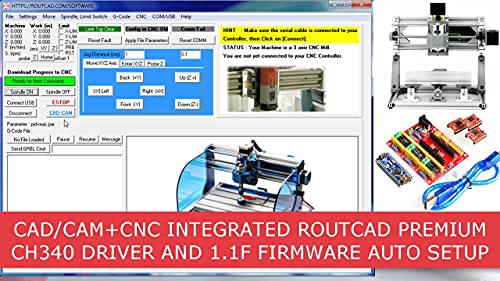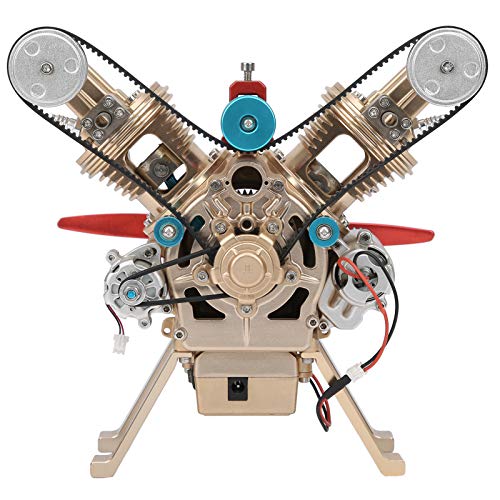Thorsten Steinberg
Member
Hello,
I'm about to drill a bunch of holes into this metal foil with carbide drill(s) on my CNC mill. Does anybody have hints on how to go about it successfully? I'll probably have to glue it or fasten it somehow else to another piece of material to avoid instant breakage of the drill while passing the bottom surface. Any assistance is welcome. From HSM I get 19000 rpm and 50 mm/min feedrate.
Best regards
Thorsten
I'm about to drill a bunch of holes into this metal foil with carbide drill(s) on my CNC mill. Does anybody have hints on how to go about it successfully? I'll probably have to glue it or fasten it somehow else to another piece of material to avoid instant breakage of the drill while passing the bottom surface. Any assistance is welcome. From HSM I get 19000 rpm and 50 mm/min feedrate.
Best regards
Thorsten
Last edited:


































































